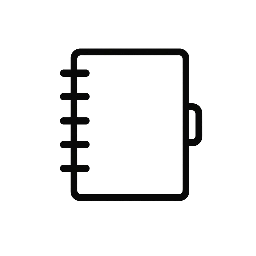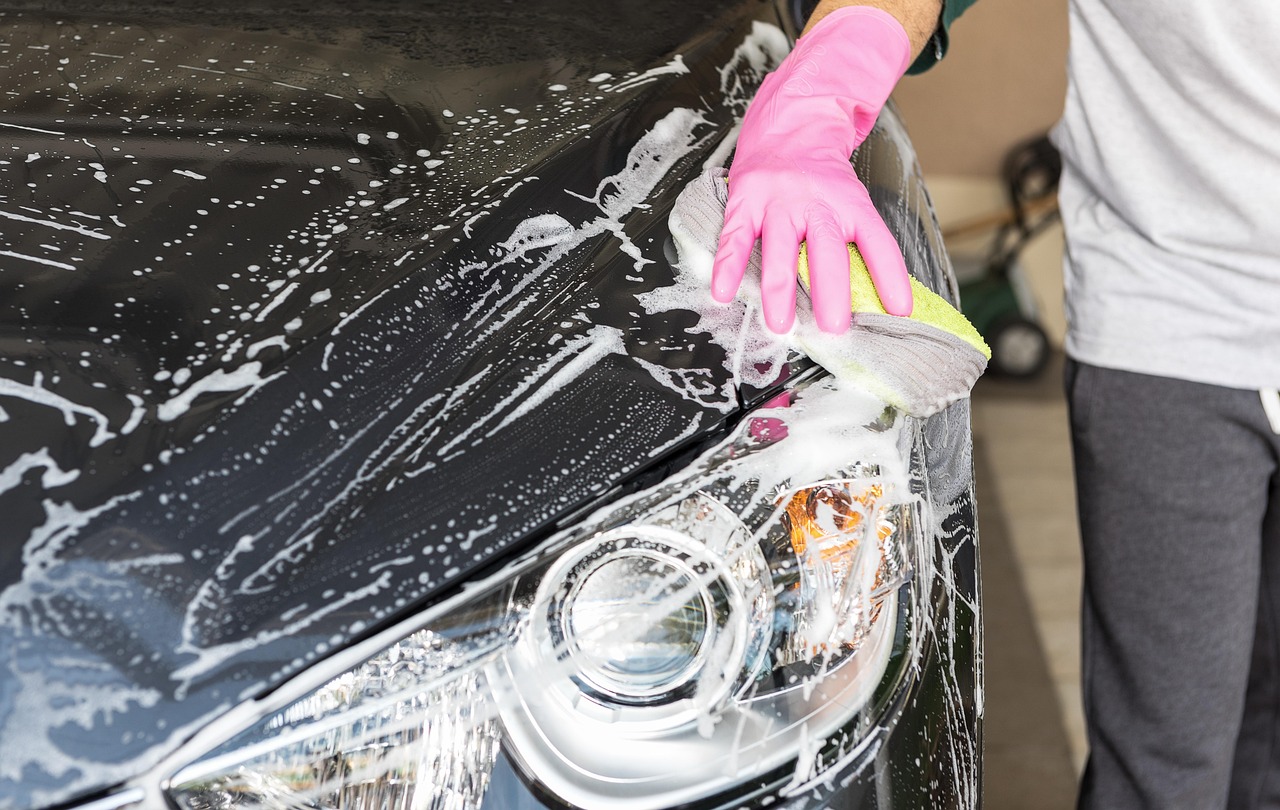Paint protection film (PPF) is a clear, durable layer applied to a vehicle’s exterior to protect the paint from scratches, chips, and environmental damage. It acts as a shield, preserving the original finish and maintaining the car’s appearance over time. The primary benefit of paint protection film is that it helps prevent costly paint repairs by absorbing impacts and resisting stains.
Many vehicle owners choose PPF to safeguard their investment, especially in areas prone to road debris or harsh weather. The film is nearly invisible, allowing the car’s true color to show through without altering its look. This makes it an effective and discreet form of protection that lasts for years.
Installation requires professional skill to ensure seamless coverage and durability. When properly applied, paint protection film offers a reliable defense that keeps a vehicle looking newer for longer, reducing maintenance efforts and expenses.
Paint Protection Film Overview
Paint protection film (PPF) is a transparent, durable layer that shields a vehicle’s paint from damage. It offers specific benefits, varies in types, and operates through a unique protective mechanism. It also compares directly to ceramic coatings in purpose and application.
Benefits of Paint Protection Film
PPF primarily guards against scratches, rock chips, and minor abrasions. It protects the paint from environmental hazards such as UV rays, bird droppings, and road debris. This helps maintain the vehicle’s appearance and resale value.
The film is self-healing in many cases, meaning minor scratches can disappear with heat exposure. It also resists yellowing and cracking, ensuring long-term clarity. PPF can be applied to high-impact areas like bumpers, hoods, and side mirrors.
Maintenance is straightforward, requiring only regular washing. It does not alter the vehicle’s finish or color, preserving the original paint look exactly.
Types of Paint Protection Film
PPF types differ mainly by thickness, finish, and elasticity. Thickness usually ranges from 6 to 12 mils, affecting durability and flexibility. Thicker films offer stronger protection but can be less flexible over curves.
Finishes include gloss, matte, or satin, allowing owners to customize appearance. Some films have hydrophobic coatings that repel water and dirt. There are also self-healing films that soften and erase minor scratches when exposed to heat.
Specialized PPF variants are available for commercial vehicles, motorcycles, and even aircraft. The right type depends on the specific vehicle and protection needs.
How Paint Protection Film Works
PPF uses a clear polyurethane material that absorbs and disperses impact energy. When debris strikes the surface, the film takes the damage instead of the paint. Its elasticity allows it to stretch and conform to complex shapes without breaking.
The self-healing property comes from polymer chains that realign under heat, smoothing out small scratches. UV stabilizers inside the film prevent discoloration and degradation from sunlight.
Installation requires professional skill to ensure it adheres without bubbles or wrinkles. Proper curing time is necessary to bond the film fully to the paint.
Paint Protection Film vs. Ceramic Coating
PPF is a physical barrier while ceramic coating is a chemical treatment that bonds with the paint. PPF protects primarily against physical damage like chips and scratches. Ceramic coatings offer resistance to chemical contaminants, water spotting, and minor swirl marks.
PPF is thicker and more durable against impacts. Ceramic coatings provide a glossy finish and enhance hydrophobic properties but do not prevent impact damage.
Both can be used together; PPF on high-risk areas and ceramic coating over the entire vehicle for chemical resistance and shine. Cost and maintenance routines differ, with PPF generally more expensive upfront but offering stronger physical protection.
Installation and Maintenance
The process of applying paint protection film (PPF) varies in complexity depending on experience and tools. Proper care after installation ensures durability and preserves the film’s appearance.
Professional vs. DIY Installation
Professionals use specialized tools and controlled environments to apply PPF with minimal bubbles and precise edges. They often provide warranties and can handle complex curves or large surfaces efficiently.
DIY installation kits are available but require patience, skill, and cleanliness. Improper application can cause bubbles, wrinkles, or areas where the film doesn’t adhere correctly. DIY is generally better suited for small, flat sections.
Choosing between professional and DIY depends on the owner’s skill level, budget, and the coverage area. For full vehicle coverage or intricate areas, professional installation is recommended.
Common Application Areas
PPF is typically applied on high-impact zones such as the front bumper, hood, side mirrors, and door edges. These areas are more prone to chips, scratches, and debris damage.
Film can also be applied on headlights and rear bumpers to protect from minor abrasions. Some owners cover nearly the entire vehicle for comprehensive protection.
Selecting areas depends on the vehicle’s use, environment, and budget. Prioritizing exposed, vulnerable parts maximizes protection effectiveness while controlling costs.
Caring for Paint Protection Film
Cleaning should be done with a mild soap and water solution using a soft cloth or sponge. Avoid abrasive cleaners or brushes that can scratch the film.
Waxing and polishing are generally safe but should use products labeled compatible with PPF. Avoid silicone-based or abrasive polishes which can degrade the film.
Inspect the film regularly for lifting edges or damage. Prompt repair or replacement maintains protection and prevents dirt or moisture from causing adhesion failure.


Leave a Reply